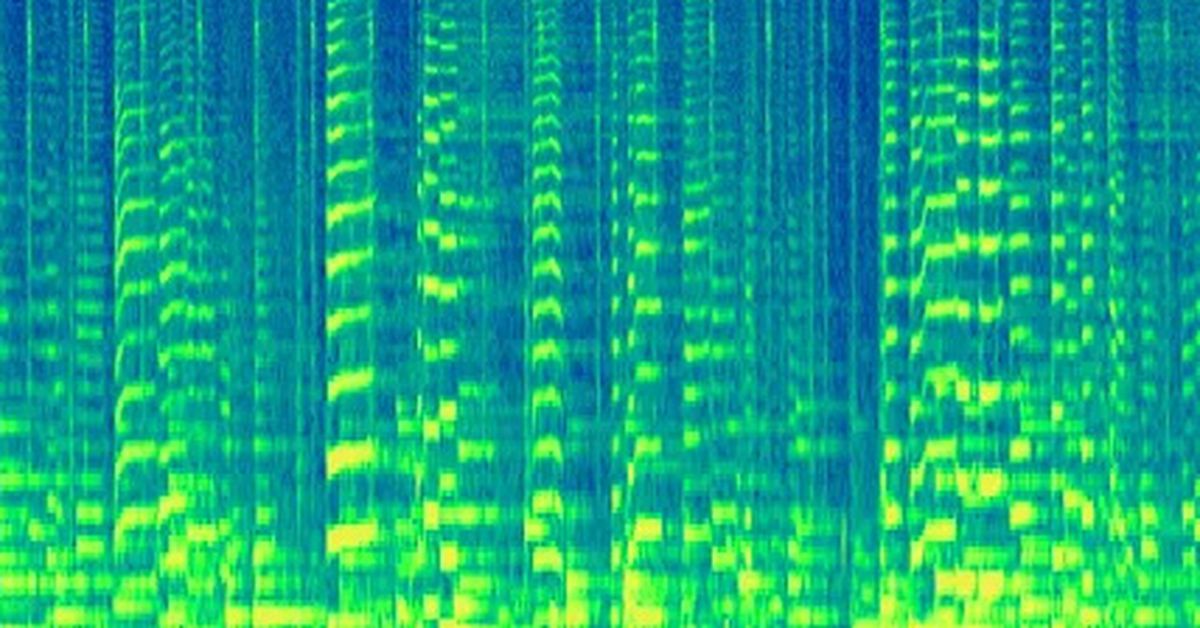- cross-posted to:
- [email protected]
- cross-posted to:
- [email protected]
There is a discussion on Hacker News, but feel free to comment here as well.
This is the best summary I could come up with:
Audio created using Google DeepMind’s AI Lyria model, such as tracks made with YouTube’s new audio generation features, will be watermarked with SynthID to let people identify their AI-generated origins after the fact.
In a blog post, DeepMind said the watermark shouldn’t be detectable by the human ear and “doesn’t compromise the listening experience,” and added that it should still be detectable even if an audio track is compressed, sped up or down, or has extra noise added.
President Joe Biden’s executive order on artificial intelligence, for example, calls for a new set of government-led standards for watermarking AI-generated content.
According to DeepMind, SynthID’s audio implementation works by “converting the audio wave into a two-dimensional visualization that shows how the spectrum of frequencies in a sound evolves over time.” It claims the approach is “unlike anything that exists today.”
The news that Google is embedding the watermarking feature into AI-generated audio comes just a few short months after the company released SynthID in beta for images created by Imagen on Google Cloud’s Vertex AI.
The watermark is resistant to editing like cropping or resizing, although DeepMind cautioned that it’s not foolproof against “extreme image manipulations.”
The original article contains 230 words, the summary contains 195 words. Saved 15%. I’m a bot and I’m open source!


